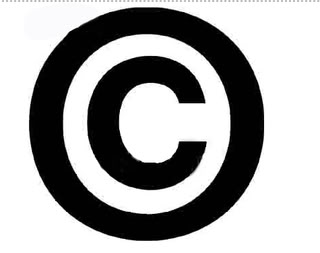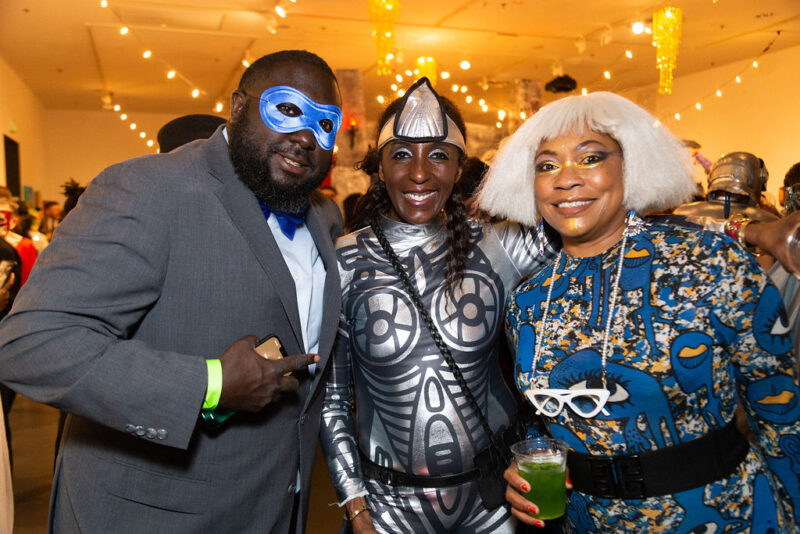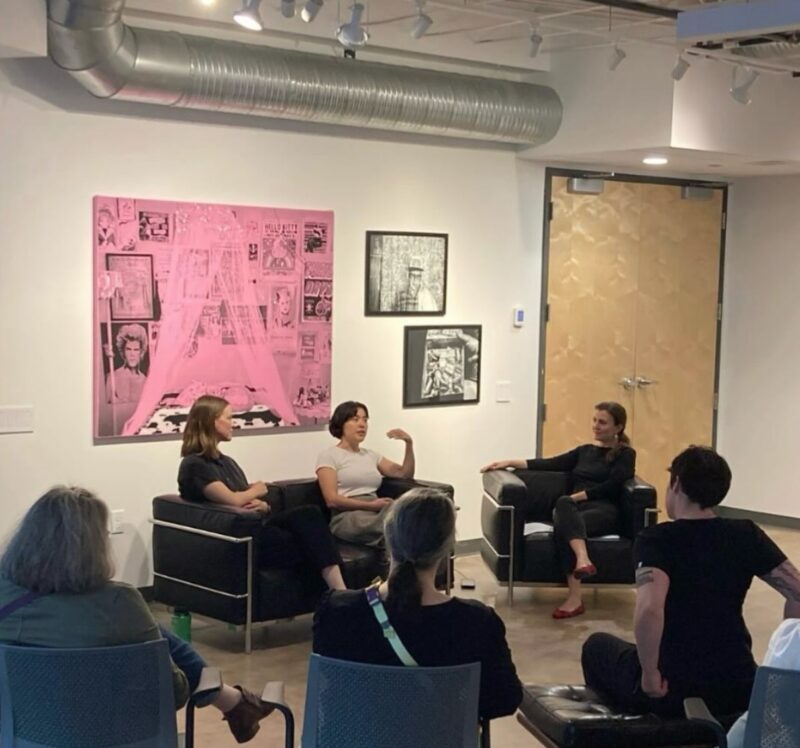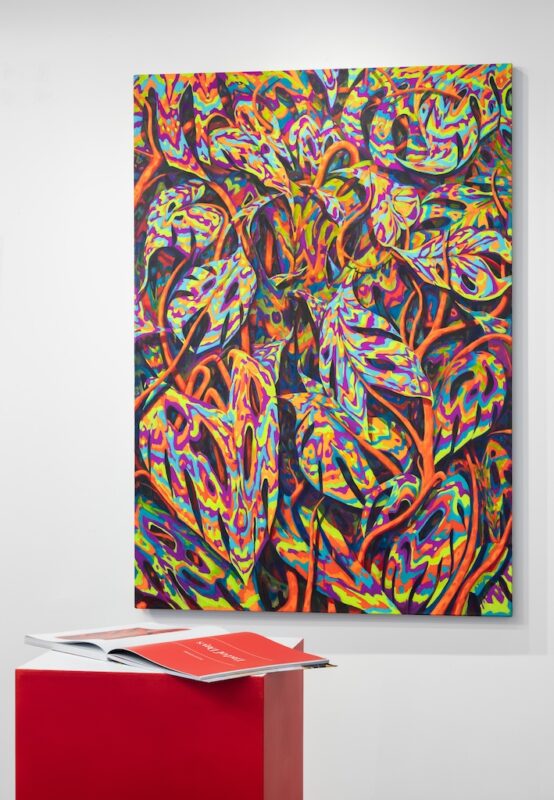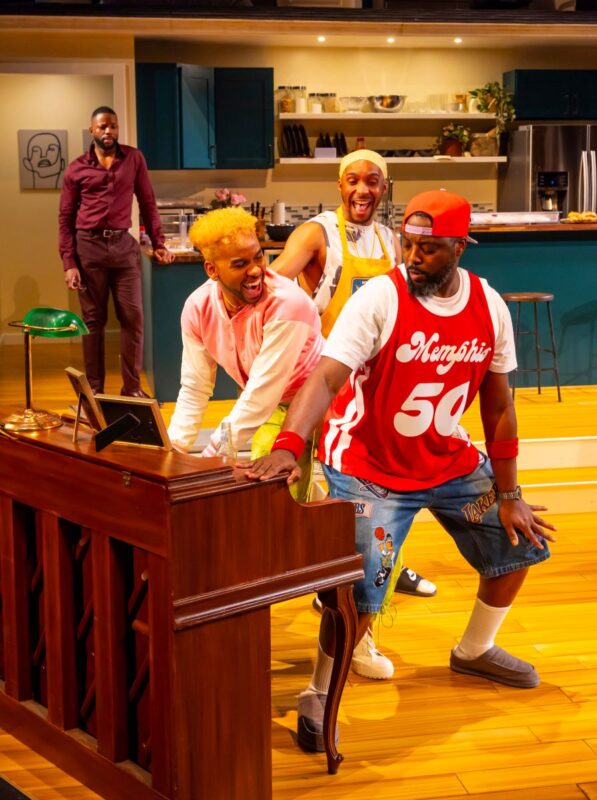2008 Janet & Walter Sondheim Prize Semi-Finalists
Becky Alprin, Baltimore, MD / Laura Amussen, Towson, MD / Rachel Bone, Baltimore, MD / Ryan Browning, Mount Airy, MD / Mandy Burrow, Arlington, VA / Linda Day Clark, Baltimore, MD / Brent Crothers, Bel Air, MD / Melissa Dickenson, Baltimore, MD / Eric Finzi, Kensington, MD / Laurie Flannery, Baltimore, MD / Shaun Flynn, Baltimore, MD / Dawn Gavin, Baltimore, MD / Geoff Grace, Baltimore, MD / Maren Hassinger, Baltimore, MD / Kay Hwang, Baltimore, MD / Courtney Jordan, Baltimore, MD / Bridget Sue Lambert, Washington, DC / Youngmi Song Organ, Nokesville, VA / Beverly Ress, Silver Spring, MD / James Rieck, Baltimore, MD / Christopher Saah, Washington, DC / Lynn Silverman, Baltimore, MD / Molly Springfield, Washington, DC / Pamela Phatsimo Sunstrum, Baltimore, MD / Calla Thompson, Baltimore, MD / Edward Winter, Baltimore, MD / Erin Womack, Baltimore, MD
